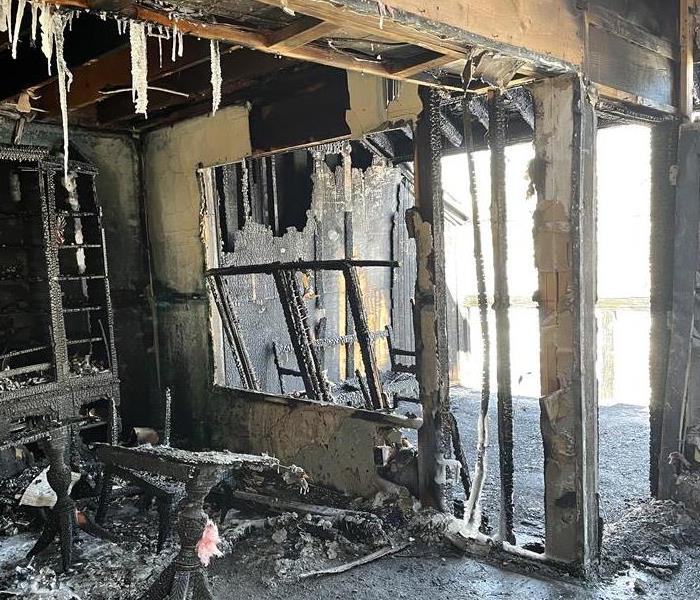Preventing Dryer Fires in Your Parma/Seven Hills Home
11/22/2022 (Permalink)
 SERVPRO of Parma/Seven Hills has the manpower and equipment to handle any size fire damage in your home!
SERVPRO of Parma/Seven Hills has the manpower and equipment to handle any size fire damage in your home!
How to Prevent Dryer Fires
Dryers and washing machines cause around 15,970 fires each year, with dryers causing 92% of them. Dryer fires cause injuries for hundreds of people each year, and on average cause around $238 million in property damage.
Given these numbers—and the fact that more dryer fires occur in the fall and winter—SERVPRO of Parma/Seven Hills wants to be sure that you know how to prevent dryer fires in your home!
Clean Your Lint Filter
Not once a month, or even once a week, lint should be removed from the lint screen with every load of laundry you do. It doesn’t matter if you take this step before or after running a load, but remove any lint from the screen at some point during each use. Not only does this prevent a fire, but it also helps your clothes dry faster as well.
Replace Accordion-Style Ducts
Generally, dryers are equipped with a 4-inch vent in the back, which homeowners or installers connect to an exterior vent with a duct. But not all ducts are created equal.
If you see a plastic or foil accordion-style duct connecting your appliance to the vent, it's a good idea to replace it.
Plastic or foil ducts can sag, which may cause lint to build up in low points. The ridges that these types of ducts have also work as hiding places for lint buildup. It is recommended to use a metal duct, whether it’s flexible or rigid, since it won’t sag, and lint is less likely to accumulate. Use the shortest length possible, and refer to the manual’s instructions.
Inspect Vent and Exhaust Duct Periodically
If you notice that your dryer takes longer to dry laundry than it used to, it’s a clue that there may be a blockage. Another clue: When you’re drying a load, head outside, and take a look at the dryer vent, if you have access to it. Do you see or feel exhaust air? If not, the vent or exhaust duct may be blocked with lint.
The Consumer Product Safety Commission recommends disconnecting the duct from the dryer, cleaning it out, and reconnecting the duct to the dryer and outside vent. While you’re at it, clean behind the dryer and underneath it—lint builds up there, too. In winter, be sure that snow isn’t covering the outdoor vent.
Take Care When Washing Stained Items
Clothes stained with flammable chemicals or substances, such as gas, cooking oil, cleaning agents, or paint thinners, need special care. The CPSC recommends washing the clothing more than once to minimize the volatile chemicals, then hanging to dry. If you must use a dryer, use the lowest heat setting and a drying cycle that concludes with a cool-down period.
In the event that a fire does start, keep the dryer door closed in order to stifle the flames.
If you experience a dryer fire and are in need of fire damage restoration, be sure to call SERVPRO of Parma/Seven Hills!

 24/7 Emergency Service
24/7 Emergency Service